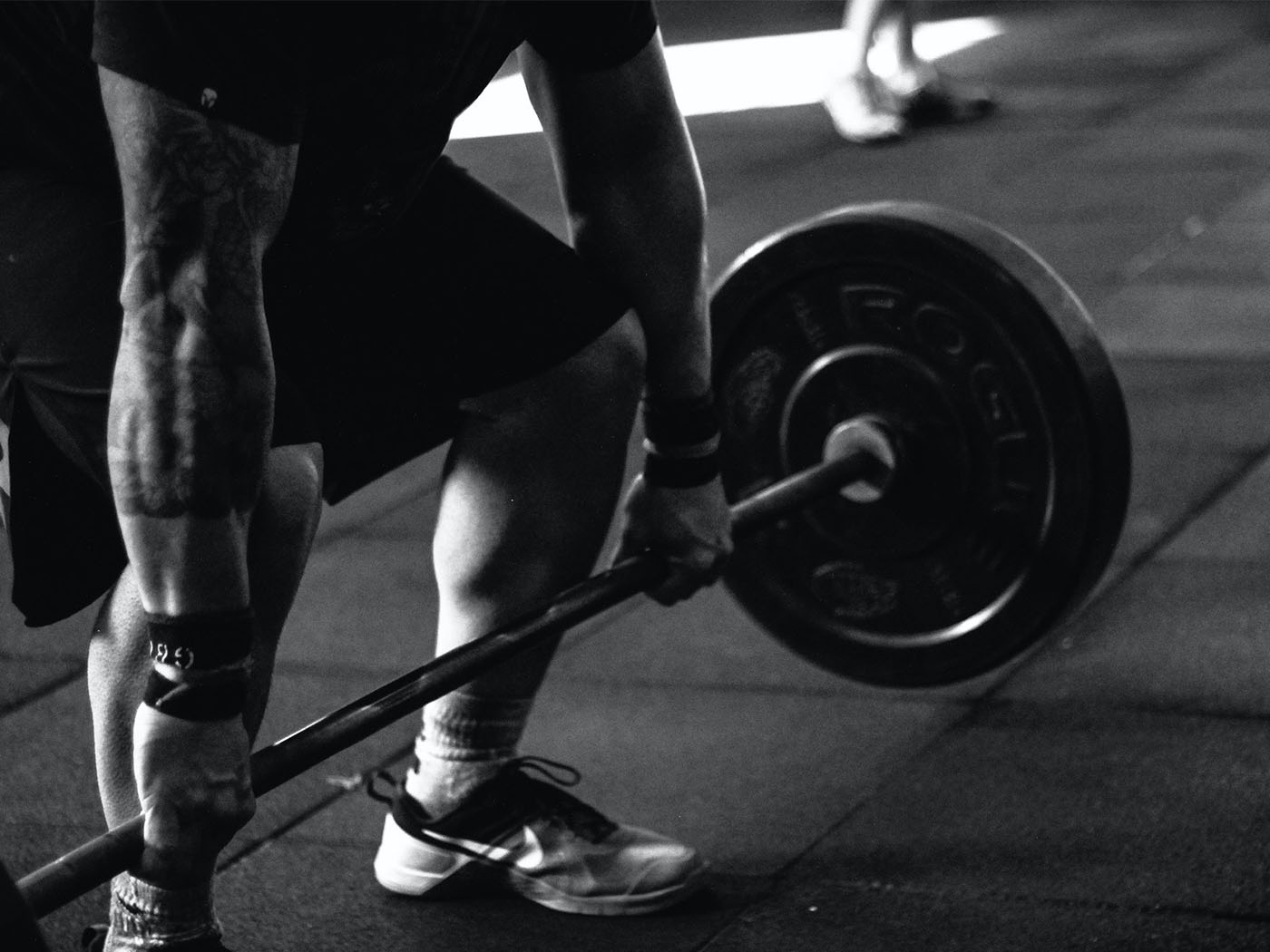A strong grip is not only important for athletes, but also for anyone looking to improve their overall health and well-being. The muscles in your hands and forearms play a crucial role in many everyday activities, from carrying groceries to opening jars, and having a strong grip can make these tasks easier and more efficient. In this blog post, we'll explore the benefits of a strong grip and how grip training can help you achieve it.
-
Improved Athletic Performance
Athletes across a range of sports require a strong grip to perform at their best. For example, tennis players need a strong grip to hold and control their racket, golfers need to grip their clubs tightly to control their swing, and gymnasts need to have a strong grip to hold onto the bars during routines. A strong grip can also be beneficial for weightlifters, powerlifters, and other strength athletes, as it allows them to lift heavier weights with greater ease.
-
Reduced Risk of Injury
Having a strong grip can help to reduce the risk of developing injuries, such as tennis elbow, carpal tunnel syndrome, and other repetitive strain injuries. This is because a strong grip helps to improve the stability of the hand and wrist, reducing the likelihood of injury during repetitive or high-impact activities.
-
Improved Functional Strength
Functional strength refers to the ability to perform everyday tasks with ease and efficiency. Having a strong grip can help to improve your functional strength, making it easier to carry heavy loads, open stubborn jars, and grip tools and equipment. For example, if you work in construction, having a strong grip can make it easier to handle heavy tools and materials.
-
Enhanced Grip Endurance
Grip endurance refers to the ability to maintain a strong grip over a prolonged period. This is important for athletes who need to maintain a strong grip for the duration of a game or competition, but it's also important for anyone who needs to perform repetitive gripping tasks for extended periods of time, such as factory workers or musicians. By developing grip endurance, you can perform these tasks with greater ease and efficiency, reducing the risk of injury and improving your overall productivity.
-
Better Hand Health
Regular grip training can help to improve hand health by strengthening the muscles and tendons in the hands and forearms. This can help to reduce the risk of developing conditions like carpal tunnel syndrome, arthritis, and other hand and wrist injuries. By improving hand health, you can also reduce the likelihood of developing chronic pain or discomfort in the hands and forearms, which can have a significant impact on your overall quality of life.
-
Improved Confidence
Having a strong grip can also improve your confidence and self-esteem, as it allows you to perform physical tasks with greater ease and efficiency. This can have a positive impact on your overall mental health and well-being, leading to increased self-confidence and improved quality of life.
-
Improved Posture
Believe it or not, having a strong grip can also help to improve your posture. This is because the muscles in your hands and forearms are connected to the muscles in your shoulders and upper back. By strengthening these muscles, you can improve your overall posture and reduce the risk of developing posture-related injuries or discomfort.
-
Improved Cardiovascular Health
Studies have shown that grip strength is strongly correlated with cardiovascular health. In fact, a strong grip has been shown to be a better predictor of cardiovascular health than traditional measures like blood pressure and cholesterol levels. By developing a strong grip, you can improve your overall cardiovascular health and reduce the risk of developing conditions like heart disease and stroke.
-
Improved Bone Density
Regular grip training can also help to improve bone density in the hands and forearms. This is important



